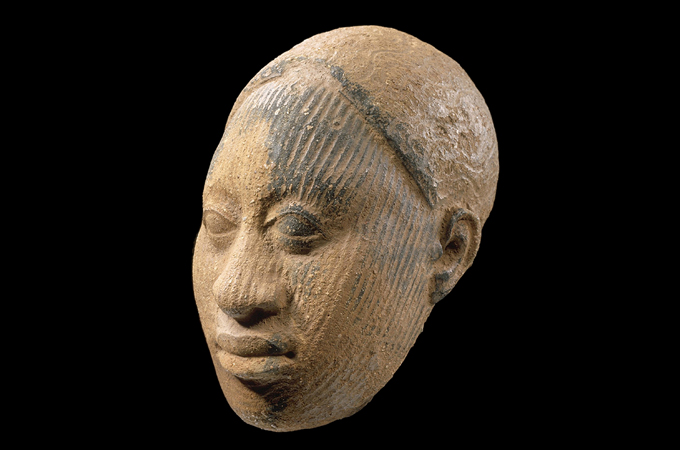Winter 2016
Come April and Islamic art will once again come under the spotlight at Sotheby’s
Several rare treasures will be on offer at Sotheby’s Arts of the Islamic World auction which will take place during its upcoming Art of the Middle East and Turkey Week in London, UK.
“From the 19th of April we will be holding a dual exhibition of Art of the Middle East and Turkey, which will comprise two auctions – the Orientalist Sale on the 23rd and the Arts of the Islamic World on the 24th,” says Benedict Carter, Sotheby’s Director of Auction Sales, Middle East and India.
He continues: “While there is a common thought that there is no figurative art in Islamic art, this is in fact only partly true. By the 16th and 17th century, we do see a number of examples of portraiture. We have a very rare muraqqa, which is a Persian concertina-form album of miniatures and calligraphy. Often, albums such as these would have been dismembered, which is why it is so rare to have a complete album which has a very personal feel about it.”
The muraqqa carries an estimate of £50,000-70,000 ($72,000-100,800).
There is also a portrait of a lady holding a bottle which is signed by Aqa Reza, who was the artist Reza Abbasi, one of the most famous artists of the early 17th century. “You can see the perfect lines and the lack of lines, almost like a Matisse drawing,” he says.
Equally in the sale Sotheby’s has some very important and very rare Deccani paintings from the Deccan plateau in India. “We have a life-size oil portrait of Crown Prince Abbas Mirza, who was the son of the Persian ruler Fath Ali Shah (1789-1833) and the portrait dates from around 1804. We can date it fairly accurately because we know of another painting sold at Sotheby’s many years ago of a slightly taller Abba Mirza with a wispy beard – in this one he’s clearly younger, probably just a young teenager, maybe 13 years old – and on the young prince’s waist lies a jewelled sword.”
“In fact, one of the most precious items in the sale is a diamond-encrusted gold hilted presentation sword gifted to the eighth Nizam of Hyderabad who at one point was the world’s richest man,” he points out.
The sword carries an estimate of £80,000-100,000 ($115,200-144,000).
Also from the early period of Islam is an incredibly rare early Ghaznavid dagger from the 11th or 12th century, carrying an estimate of £130,000 to 160,000 ($187,200- 230,400). “There’s only one other (similar sword) known in the world,” he says.
TREASURES
The last Arts of the Islamic World sale held in October by Sotheby’s in London, UK, offered some 223 treasures and fetched a total of £4.09 million ($5.9 million).
The sale formed a part of Sotheby’s ‘Indian and Islamic Week’, which featured three different sales, juxtaposing art from the Islamic world covering over 1,500 years with finely painted miniatures and works from the prestigious Sven Gahlin Collection, as well as modern and contemporary works from South Asia.
The Autumn sale was led by a fine Safavid brass astrolabe, signed by Muhammad Khalil, Persia, dated 1672-74 AD which achieved £329,000 ($473,900), doubling the low estimate of £150,000 ($216,000).
The top ten lots comprised scientific instruments, decorative works, paintings and calligraphy from Persia, Turkey, India, North Africa and Egypt.
The cover lot, a magnificent Ottoman tortoiseshell and mother-of-pearl box, Turkey, circa 1640, sold for over four times its presale low estimate of £70,000 ($100,800), to a private collector for £311,000 ($448,000).
Among other highlights, a leaf from Emperor Akbar’s royal copy of the Jami al-Tawarikh (History of the World) sold for £269,000 ($387,500); while a rare Ottoman ‘Tombak’ breast plate or krug (Turkey, 16th/17th century) sold for £221,000 ($318,400). The exceptionally rare krug is testament to the grandeur, wealth and glory of the Ottoman imperial army – whose visual splendour would have equalled, if not surpassed, its physical might. Composed primarily of copper alloy, a metal too soft to have been of serious use in battle, this piece most likely belonged to a member of the ceremonial janissary guard of the vizier or even the Sultan himself.
The sale saw strong participation from private and institutional buyers hailing from the UK, Europe, the Middle East, US and South Asia.



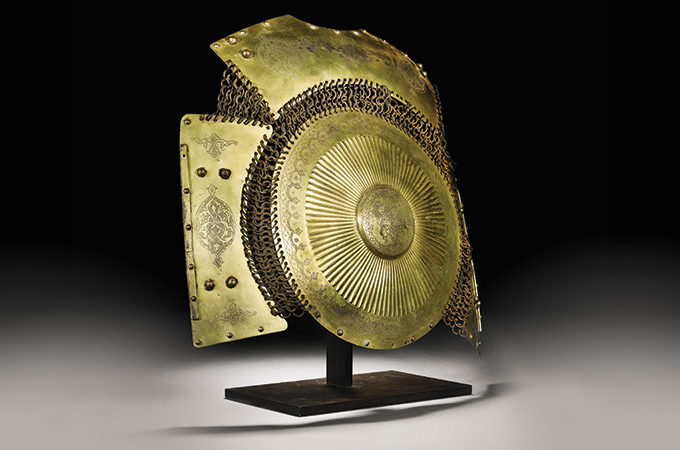
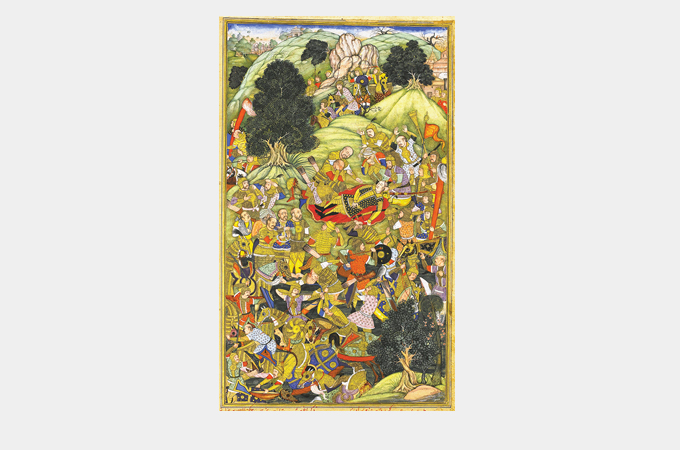
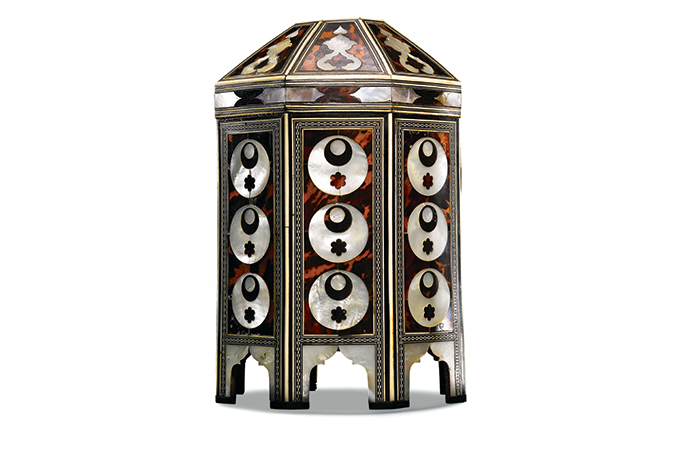
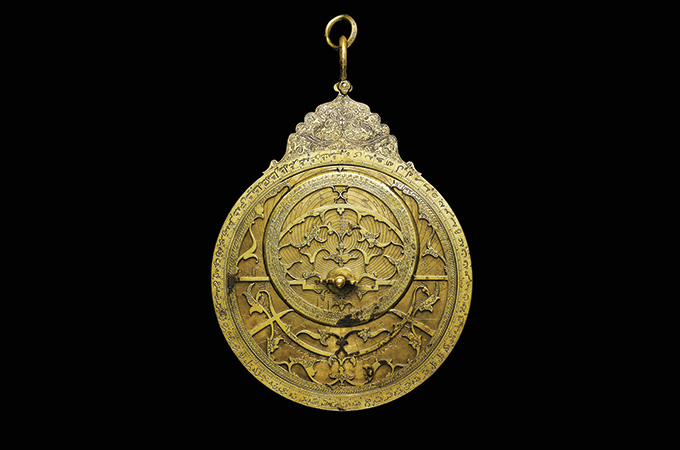
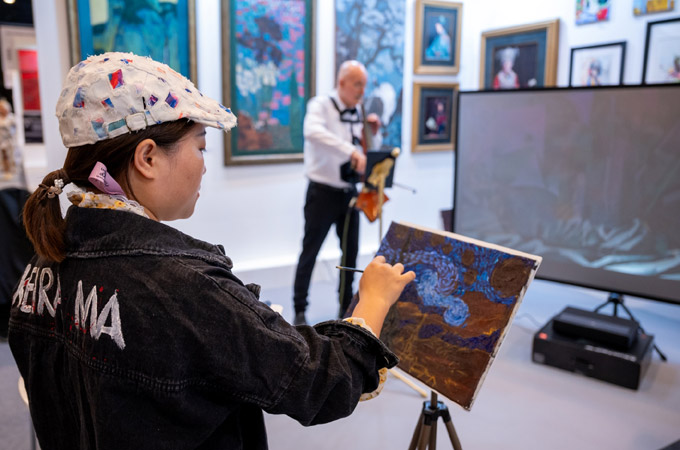
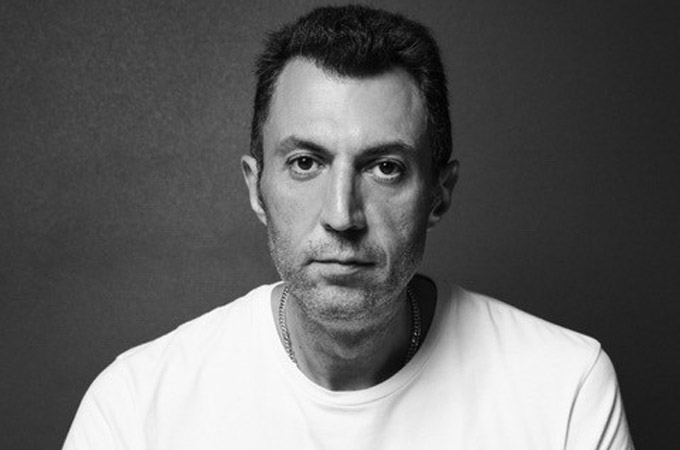
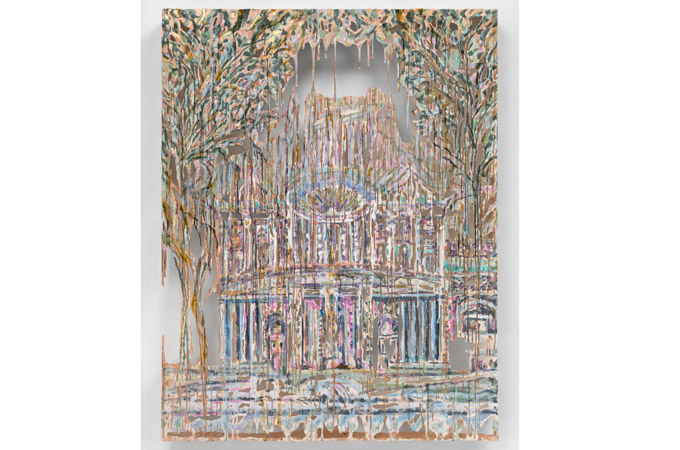
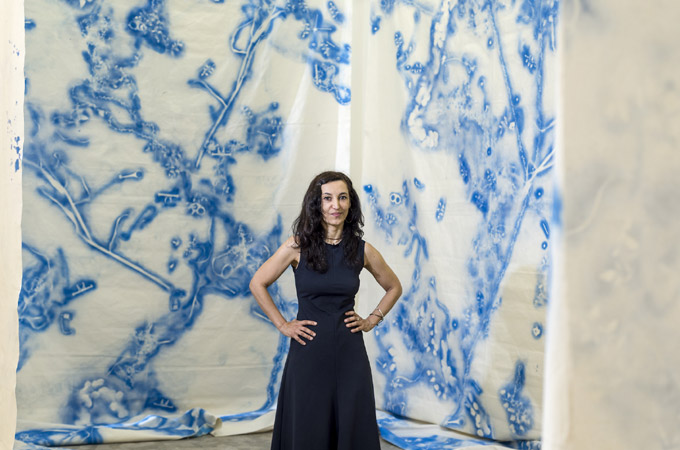
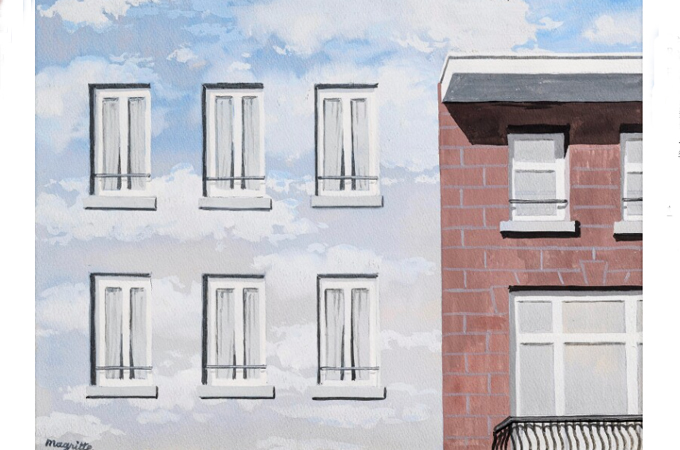

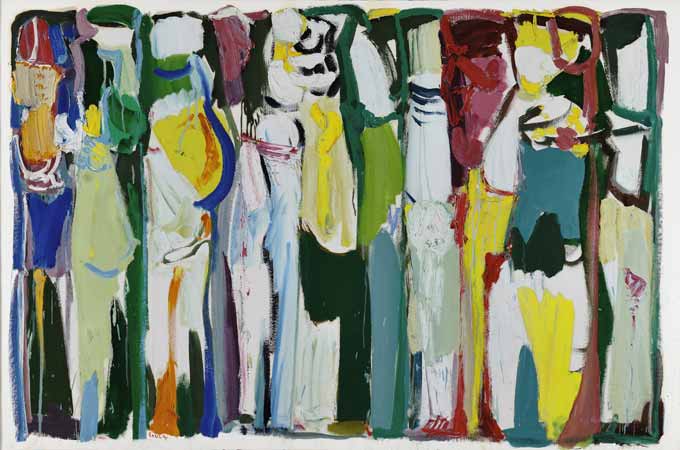

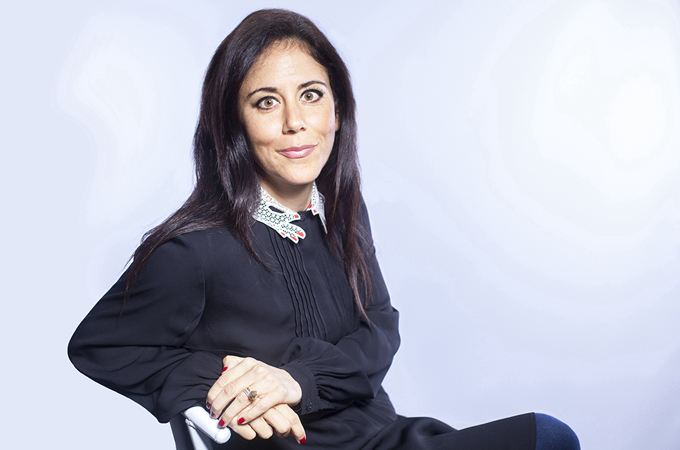
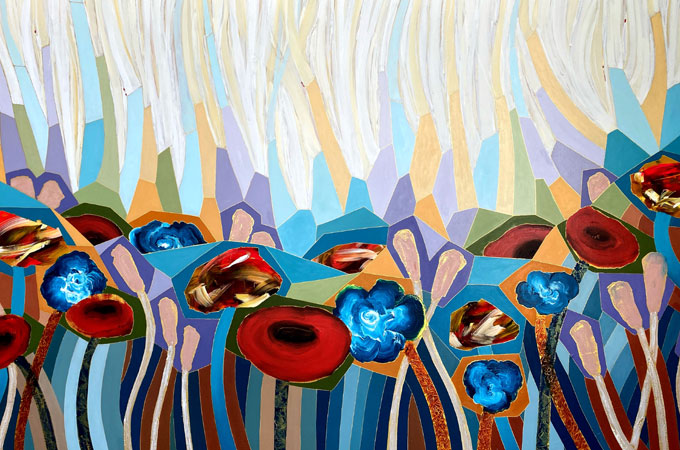
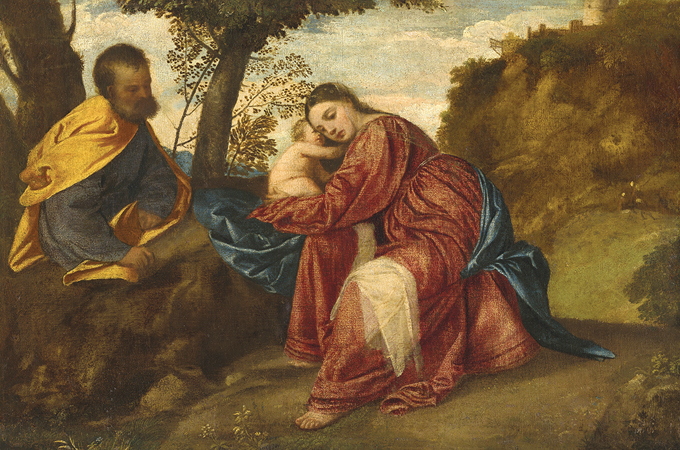
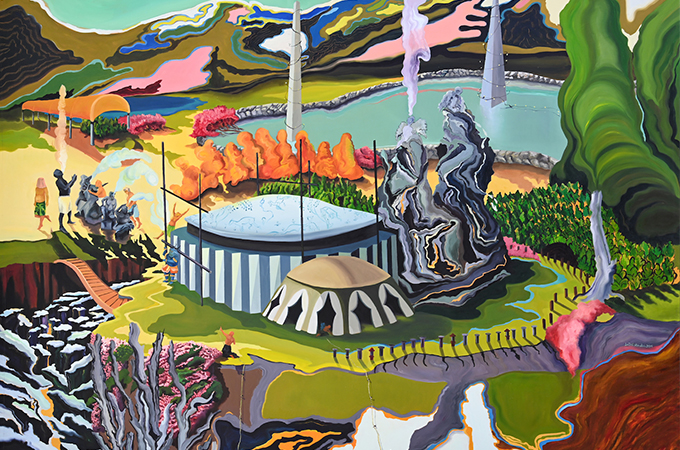
.jpg)
